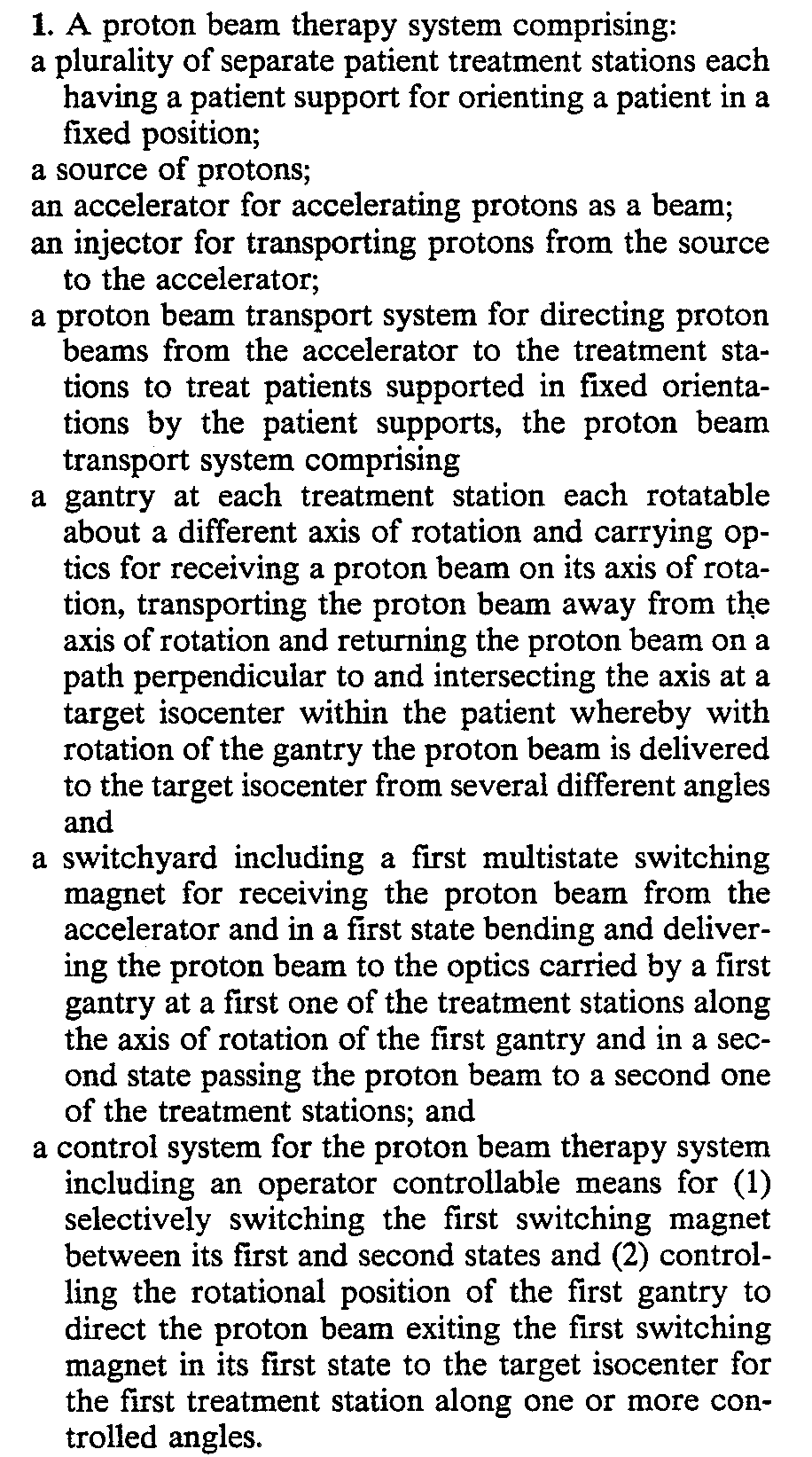Akeva LLC v. Adidas-Salomon AG is a case that was decided in 2006. The oral argument took place at the University of Virginia and was very entertaining and interesting. The case turned on the claim construction of the term “secured” and whether “secured” was entitled to its broadest meaning which would include permanently secured as well as detachably secured. For example, some of the claims at issue read:
A shoe comprising:
an upper having a heel region;
a rear sole secured below the heel region of the upper; and
a flexible plate having upper and lower surfaces and positioned between at least a portion of the heel region of the upper. . . .
‘300 patent, col. 20 ll.29-43 (emphasis added).
The ‘471 patent also uses the term “secured.” For example, claim 1 states:
A shoe comprising:
an upper, and
a rear sole secured below a portion of the upper, the rear sole comprising:
a member having a top wall with a lower surface . . . the member having a bottom wall . . . the forward regions of the top and bottom walls being connected at a close end by a curved wall . . . .
‘471 patent, col. 13 ll.6-50 (emphasis added).
One of the things that I thought was interesting about this oral argument was that when Judge Rader brought up the language “the present invention” the counsel for the plaintiff-appellant cited to the Karlin Technology, Inc. v. Surgical Dynamics, Inc., 177 F.3d 968 (Fed. Cir. 1999) opinion. [Listen] In Karlin Technology, Judge Rich wrote the following:
C. The Written Description
We conclude that the ‘247 patent’s written description does not specifically define “series of threads.” SDI argues the contrary, based on language discussing the “present invention” as having highly specialized threads. Karlin argues that this language describes the inventor’s preferred embodiment, and that “series of threads” should not be construed as limited to the preferred embodiment. An example of the disputed language in the written description follows:
BRIEF DESCRIPTION OF THE DRAWINGS
. . . .
FIG. 4 is a perspective view of a cylindrical implant and vertebra structure.
FIG. 4A is a perspective view of one preferred embodiment of the implant.
FIG. 4B is a cross sectional view of the implant of FIG. 4A.
. . . .
DETAILED DESCRIPTION OF THE DRAWINGS
. . . .
Referring to FIG. 4, a cylindrical embodiment of the present invention is shown. . . .
. . . A series of external threads 53 are formed on the circumference of the cylindrical implant 50. The threads 53 are locking threads having a series of interjections, the ends of which are blunted and twisted so as to resist unscrewing.
‘247 patent, col. 7, l. 36 – col. 8, l. 51. Figures 4, 4A, and 4B are shown below:
Although Figure 4 is expressly stated to show the “present invention,” and Figures 4A and 4B refer to “one preferred embodiment,” the same spinal implant is shown in each of the figures. The remainder of the written description has similarly mixed references to “present invention” and “preferred embodiment.” We therefore conclude that the written description uses the terms “present invention” and “preferred embodiment” interchangeably. Given this, it is clear that only the preferred embodiment is described as having highly specialized threads. The general rule, of course, is that the claims of a patent are not limited to the preferred embodiment, unless by their own language. See, e.g., Virginia Panel Corp. v. Mac Panel Co., 133 F.3d 860, 866, 45 USPQ2d 1225, 1229 (Fed. Cir. 1997) (“[I]t is well settled that device claims are not limited to devices which operate precisely as the embodiments described in detail in the patent.”). There is nothing in this case that warrants departing from the general rule. Thus, the written description does not narrow the ordinary meaning of “series of threads.”
It is interesting to hear mention of the Karlin Technology case. I did a quick Shepard’s of Karlin Technology and noted that since the opinion was written, it has not been relied upon by the Federal Circuit for this proposition. Meanwhile, cases like Honeywell International, Inc. v. ITT Industries, Inc., 452 F.3d 1312 (Fed. Cir. 2006) have met with increasing approval.
You can listen to the oral argument in Akeva v. Adidas here: [Listen].
You can read the opinion in Akeva v. Adidas here: [Read].
You can read the opinion in Karlin Technology here: [Read].
